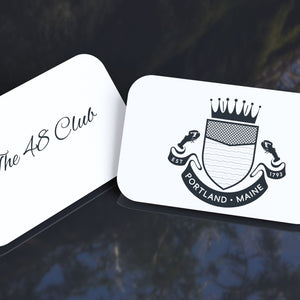What is an NFT?
Mark MurrellShare
NFT stands for: Non-fungible token
Let me explain further
“Non-fungible” more or less means that it’s unique and can’t be replaced with something else. There is only one. For example, a bitcoin is fungible — trade one for another bitcoin, and you’ll have exactly the same thing. A one-of-a-kind trading card, however, is non-fungible. If you traded it for a different card, you’d have something completely different. You gave up a Squirtle, and got a 1909 T206 Honus Wagner, which StadiumTalk calls “the Mona Lisa of baseball cards.” (I’ll take their word for it.)
How do NFTs work?
At a very high level, most NFTs are part of the Ethereum blockchain. Ethereum is a cryptocurrency, like bitcoin or dogecoin, but its blockchain also supports these NFTs, which store extra information that makes them work differently from, say, an ETH coin. It is worth noting that other blockchains can implement their own versions of NFTs. (Some already have.)
What’s worth picking up at the NFT supermarket?
NFTs can really be anything digital (such as drawings, music, your brain downloaded and turned into an AI), but a lot of the current excitement is around using the tech to sell digital art. And, some special NFTs have exclusive experiences and goods attached them. Like Gary Vaynerchuck's Vee Friends NFT. If you own a Vee Friends NFT, you get 3 years of access to his annual conference. His conferences provide massive value, and some of the headliners are the biggest names in entertainment and business.
You mean, like, people buying my good tweets?
I don’t think anyone can stop you, but that’s not really what I meant. A lot of the conversation is about NFTs as an evolution of fine art collecting, only with digital art.
(Side note, when coming up with the line “buying my good tweets,” we were trying to think of something so silly that it wouldn’t be a real thing. So of course the founder of Twitter sold one for just under $3 million shortly after we posted the article.)










